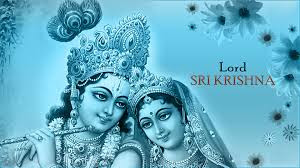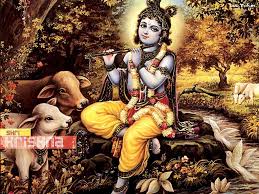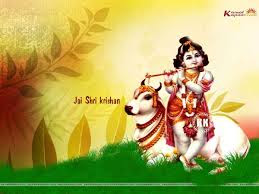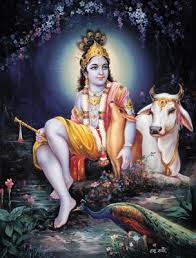Srimad Bhagavatham : 6. 4. 22.

Skandham-6. Chapter-4. ( The Hamsa-guhya Prayers ) Slokam : 22. ashtaushid dhamsa-guhyena bhagavantam adhokshajam, tubhyam tad abhidhasyami kasyatushyad yatha harih. astaushit—satisfied; hamsa-guhyena = by the celebrated prayers known as Haṁsa-guhya; bhagavantam = the Supreme Personality of Godhead; adhokshajam = who is beyond the reach of the senses; tubhyam = unto you; tat = that; abhidhashyami = I shall explain; kasya = with Daksha, the prajapati; atusyat = was satisfied; yatha = how; harih = the Supreme Personality of Godhead. My dear King, I shall fully explain to you the Hamsa-guhya prayers, which were offered to the Supreme Personality of Godhead by Daksha, and I shall explain how the Lord was pleased with him for those prayers. It is to be understood that the Haṁsa-guhya prayers were not composed by Daksha, but were existing in the Vedic literature. To be continued ....












